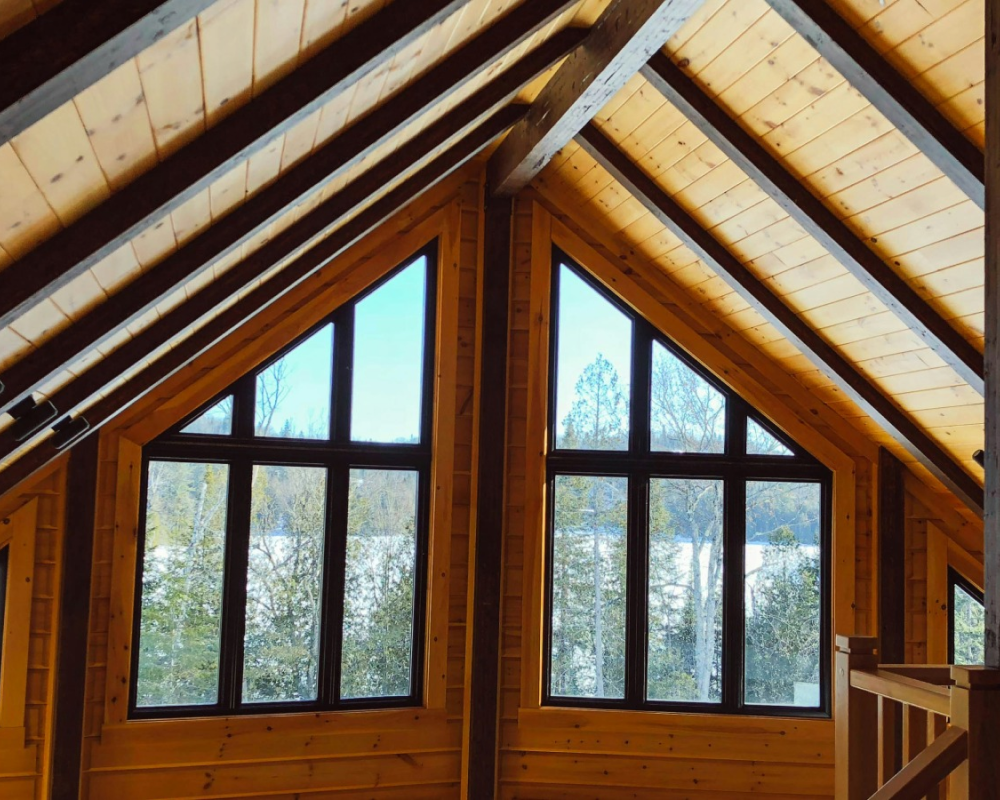In today's modern architectural landscape dominated by steel and concrete, we often overlook which materials can truly withstand the test of time and the ravages of nature. However, when we take a closer look at the wonders of wood, we find ourselves marveling at its structural strength and surprising longevity.
"Wooden structures sound appealing, but are they suitable for building in Taiwan?" This question might have crossed your mind, especially during typhoon season or when earthquakes loom. Let’s unravel the mystery of wood and explore the structural integrity and durability it offers.

The Structural Marvel of Wood
Wood possesses a kind of magic in its structure. Although softer compared to concrete, it exhibits remarkable flexibility and seismic resilience—innate qualities that make it unique. During an earthquake, a wooden house behaves like a dancer, gracefully absorbing and dissipating energy through its elasticity and superior damping capabilities. Even the seemingly simple nail connections within wooden structures play a vital role in counteracting seismic forces, reducing the impact of ground movements. The lightweight nature of wood further enhances its ability to withstand natural disasters, transforming it into a formidable guardian.
The Longevity of Wood
When discussing the lifespan of wooden structures, we discover that it far exceeds common expectations. Studies show that 63% of wooden buildings can last over 50 years, with most enduring beyond 75 years, and some even surpassing a century. This defies the common perception of wood as a material prone to rapid aging; instead, it reveals a resilience that transcends time. A crucial factor in this longevity is the "repairable nature" of wood, allowing wooden structures to maintain their original charm through repairs or replacement of worn components.

The Guardian of Tradition
Concerns about "rotting" and "termite damage" in wooden structures are often at the forefront of discussions. However, advancements in modern technology have provided effective solutions to these issues. Improvements in wood treatment techniques and the application of safe, legal preservatives have significantly enhanced wood’s resistance to decay. Additionally, well-designed foundations that isolate moisture from the ground and ensure proper ventilation further mitigate the risks of rot and insect damage, thereby extending the lifespan of wooden buildings.
With modern technology and refined construction techniques, the structural strength and longevity of wooden buildings have reached new heights. Yet, as we walk through historic structures, we gain a profound appreciation for the ancients' understanding of wood and their wisdom in its architectural application. This landscape of wooden structures is like a painting that transcends time, allowing us to witness the enduring strength of wood, the persistence of its life, and the millennia-old legacy of human ingenuity.

